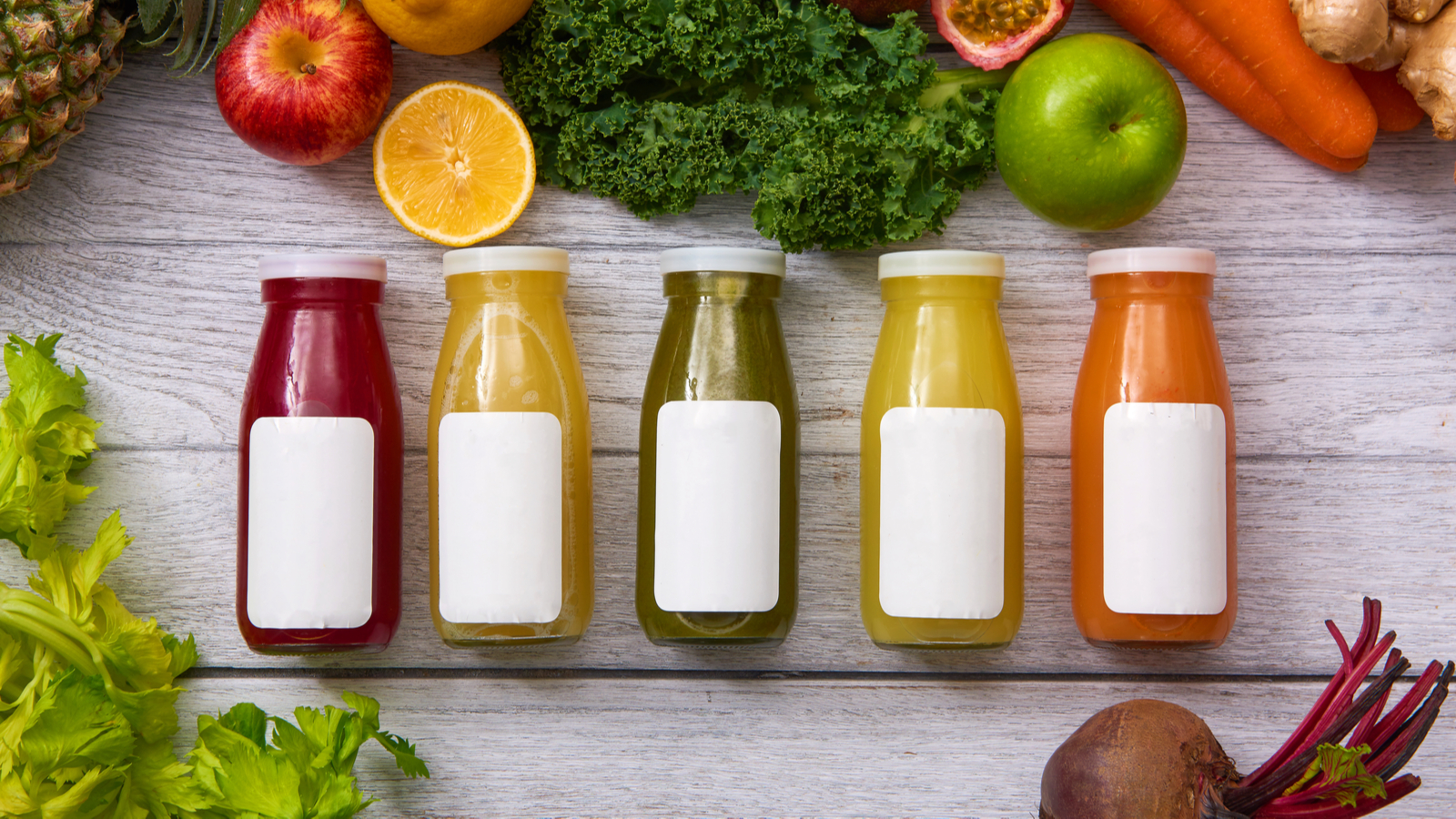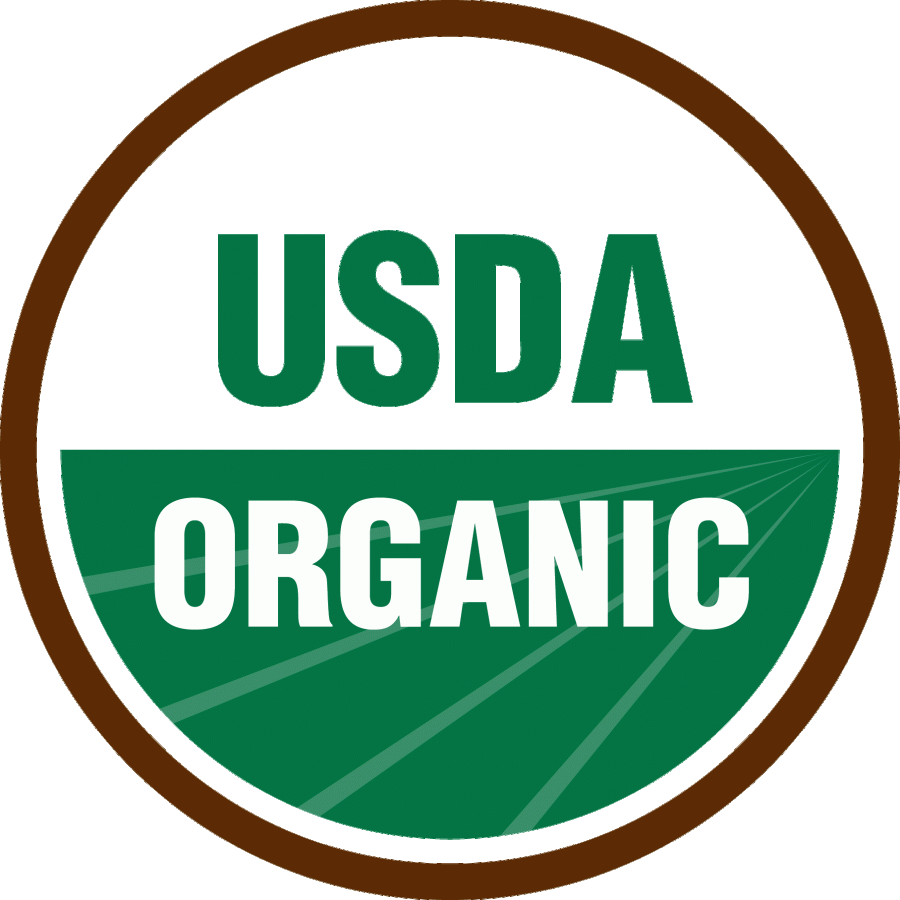

USDA Organic - Livestock

Synthetic and nonsynthetic substances considered for inclusion on or deletion from the National List of allowed and prohibited substances will be evaluated using the criteria specified in the Act (7 U.S.C. 6517 and 6518). In addition to the criteria set forth in the Act, any synthetic substance used as a processing aid or adjuvant will be evaluated against the following criteria: the substance cannot be produced from a natural source and there are no organic substitutes; the substance's manufacture, use, and disposal do not have adverse effects on the environment and are done in a manner compatible with organic handling; the nutritional quality of the food is maintained when the substance is used, and the substance, itself, or its breakdown products do not have an adverse effect on human health as defined by applicable Federal regulations; the substance's primary use is not as a preservative or to recreate or improve flavors, colors, textures, or nutritive value lost during processing, except where the replacement of nutrients is required by law; the substance is listed as generally recognized as safe (GRAS) by Food and Drug Administration (FDA) when used in accordance with FDA's good manufacturing practices (GMP) and contains no residues of heavy metals or other contaminants in excess of tolerances set by FDA; and the substance is essential for the handling of organically produced agricultural products. Nonsynthetics used in organic processing will be evaluated using the criteria specified in the Act (7 U.S.C. 6517 and 6518).
Purpose
Provide guidance on food, agriculture, natural resources, rural development, nutrition, and other issues based on public policy, science, and management.
Applied Standards
Organic products must meet the following requirements: Produced without excluded methods, (e.g., genetic engineering, ionizing radiation, or sewage sludge). Policy on genetically modified organisms (pdf) Produced using allowed substances. View the National List of Allowed and Prohibited Substances (National List). Overseen by a USDA National Organic Program-authorized certifying agent, following all USDA organic regulations.
Allowable synthetic subtances
Disinfectants, sanitizers, medical treatments as applicable, topical treatments, external parasiticide or local anesthetic as applicable, feed additives, substances used as synthetic inert ingredients as classified by the Environmental Protection Agency (EPA), for use with nonsynthetic substances or synthetic substances listed in this section and used as an active pesticide ingredient in accordance with any limitations on the use of such substances, excipients, only for use in the manufacture of drugs used to treat organic livestock when the excipient is: Identified by the FDA as Generally Recognized As Safe; Approved by the FDA as a food additive; or Included in the FDA review and approval of a New Animal Drug Application or New Drug Application.
Allowable synthetic substances: subcategory
Alcohols, ethanols (disinfectant and sanitizer only, prohibited as a feed additive), isopropanol (disinfectant only), aspirin approved for healthcare used to reduce inflammation, atropine, vaccines, butorphanol, chlorhexidine, chlorine materials (calcium hypochlorite, chlorine dioxide, sodium hypochlorite), electrolytes (without antibioitcs), flunixin, glucose, glycerin, hydrogen peroxide, iodine, magnesium hydroxide, magnesium sulfate, oxytocin, parasiticides, fenbendazole, ivermectin, moxidectin, peroxyacetic/peracetic acid, phosphoric acid, poloxalene, tolazoline, xylazine, copper sulfate, formic acid, iodine, lidocaine, lime (hydrated), mineral oil, procaine, sucrose octanoate esters, DL-Methionine, DL-Methionine-hydroxy analog, and DL-Methionine-hydroxy analog calcium, trace minerals, vitamins.
Prohibited nonsynthetic substances
Strychnine
Qualifications/Disclosures
The products must be produced using allowed substances, without excluded methods, and be overseen by a certifying agent following all USDA organic regulations. Products labeled as "100% Organic" must contain 100% organic ingredients, including salt and water (which are considered all-natural). This also includes most raw, unprocessed farm products and value added farm products with no added ingredients (grain flours, rolled oats). "Organic" can be used to label any product that contains at least 95% organic ingredients (excluding salt and water). Up to 5% may be nonorganic agricultural products that are not commercially available as organic/nonagricultural products that are on the National List. Products labeled as "Made with Organic____" can be used to label products that are 70% organically produced ingredients. The nonorganic portion of these products must comply with numerous detailed constraints. Products with less than 70% of organic contents may include a specific list of organic ingredients in the ingredients statement. Producers who market less than $5,000 worth of organic products annually are not required to apply for organic certification but must adhere to the organic production and handling requirements. These producers also must keep records for at least 3 years. These products cannot display the USDA certified organic seal and cannot be used as organic ingredients in processed products produced by another operation.
Principal display panel
For "100% Organic" products principal display panel may include the USDA seal and/or the 100% organic claim. For "Organic Products" the panel may include the USDA deal and/or an organic claim. For "Made With Organic ____" products the panel may state "Made with Organic _____" with a maximum of 3 ingredients or ingredient categories. These products may not contain the USDA organic seal, claim the product as organic, or state "made with organic ingredients." For products with a specific organic ingredients listing, the principal display panel may not include the USDA seal or a "organic" claim.
Information panel
"100% Organic", "Organic", and "Made with Organic ____" products must identify organic ingredients with an asterisk/other mark. Specific ingredient listings may only label certified organic ingredients as "organic". Other ingredients do not have to follow USDA organic regulations
